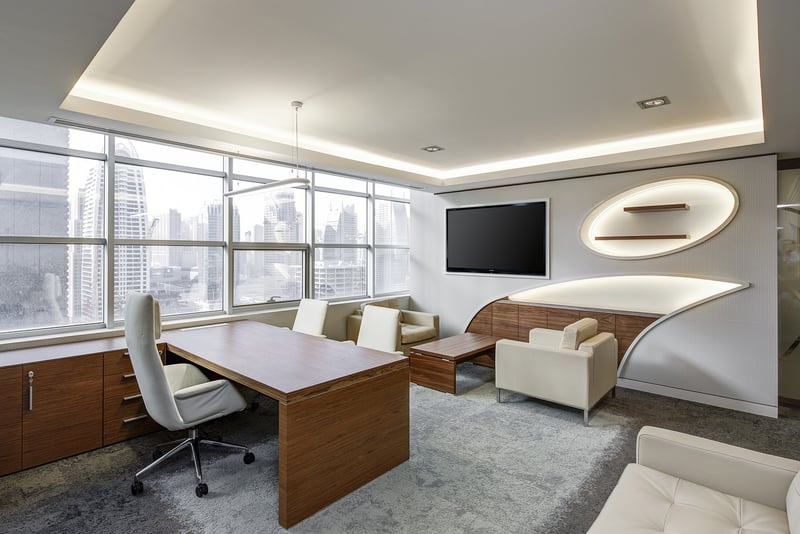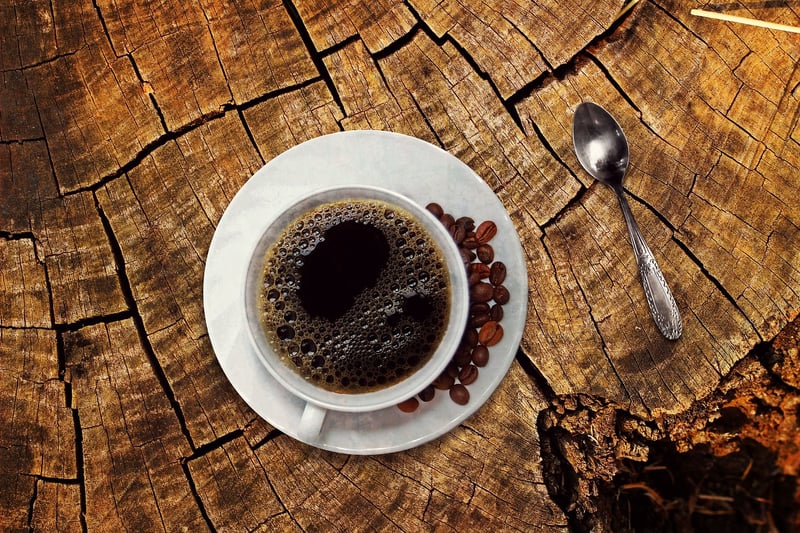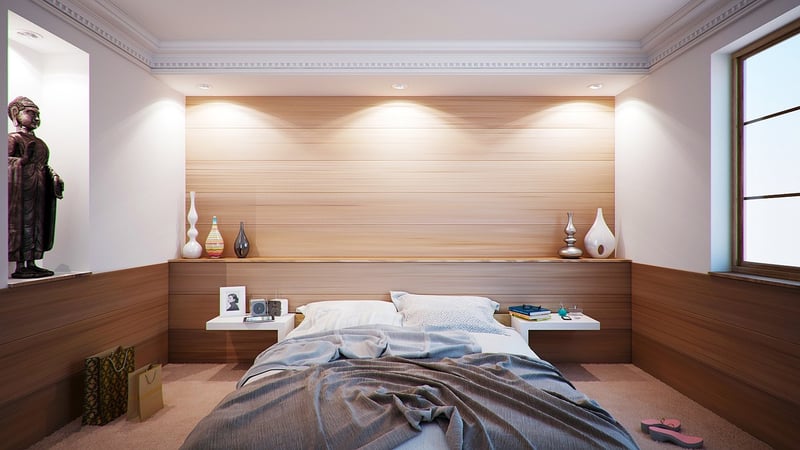Tsukiyama
Exploring Different Design Approaches
Design is a crucial element in the creation of any product or service. It encompasses a wide range of disciplines and approaches that shape the user experience and visual aesthetics. Let's dive into some popular design approaches that are shaping the modern world.
1. Minimalist Design
Minimalism focuses on simplicity and the removal of unnecessary elements. It emphasizes clean spaces, crisp lines, and a limited color palette. This approach is popular in web design, architecture, and product design.

2. Material Design
Material Design, developed by Google, is a design language that combines the classic principles of good design with innovation and technology. It uses shadow effects and the concepts of movement and depth to create designs that feel tangible yet dynamic.

3. Skeuomorphic Design
Skeuomorphic design mimics the physical world to create digital designs that resemble their real-world counterparts. This approach uses textures, gradients, and drop shadows to make digital elements look like their physical counterparts.

4. Flat Design
Flat design is a minimalist design approach that emphasizes usability. It features clean, open space, crisp edges, bright colors, and two-dimensional illustrations. Flat design is widely used in user interfaces and digital graphics.

Exploring Tsukiyama
Tsukiyama is a design concept that originates from Japan and focuses on creating harmonious and tranquil spaces. It often involves the use of natural materials, minimalist furniture, and ample natural light to create a serene environment.

Each design approach has its unique characteristics and applications. Whether you prefer the simplicity of minimalism, the depth of material design, the realism of skeuomorphism, or the usability of flat design, there is a design approach that suits your needs and preferences.
Exploring these design approaches can inspire new ideas and help you create visually appealing and functional designs in various fields.
